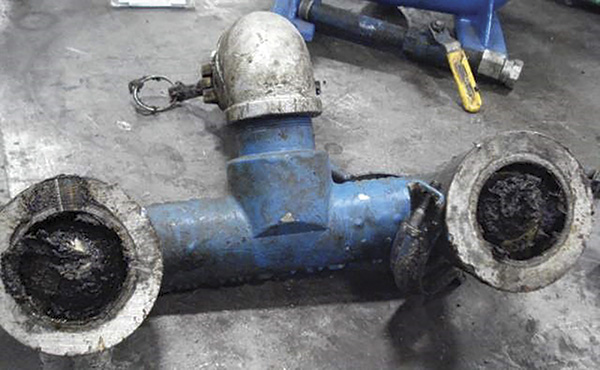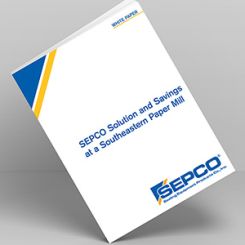Diaphragms in pumps and valves isolate liquid from mechanical components. Diaphragm pumps and valves work well in applications with pressures that cause recirculation in centrifugal pumps and excessive wear in positive displacement pumps and valves. Evidence suggests that the orientation of the diaphragm—horizontal or vertical—makes a significant difference to its effectiveness. Diaphragms in slurries moving at less than 150 gallons per minute (gpm) and pumps with pressures above 50 pounds per square inch (psi) can have high failure rates. If the specific gravity of the solids is considerably greater than that of the carrier liquid, the failure rate increases because of the quick settling of the slurry in the diaphragm chambers. Vertical double diaphragm pumps often have high failure rates and downtime on applications involving slurries that consist of solids and hard particles. The vertically oriented diaphragms tend to fail because of diaphragm and suction ball problems. The solids settle quickly in the suction manifold and valve. They also settle in the lower areas of the diaphragm, clogging the valve and rupturing the diaphragm at the lowest point of the valve or pump.
 Image 1. Horizontal diaphragms can solve many problems encountered by diaphragm pump end users (Courtesy of Ramparts Pump, LLC)
Image 1. Horizontal diaphragms can solve many problems encountered by diaphragm pump end users (Courtesy of Ramparts Pump, LLC)
